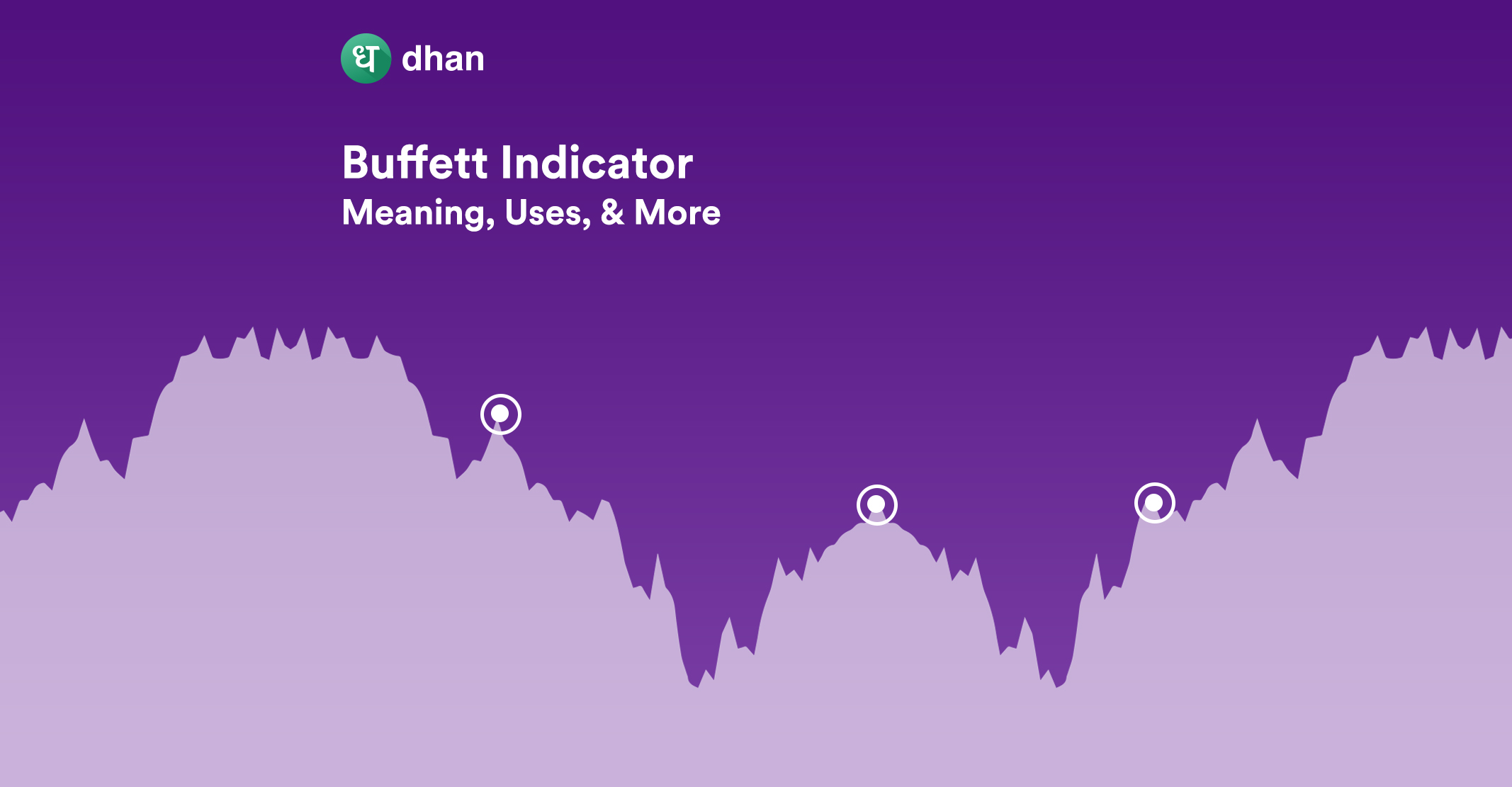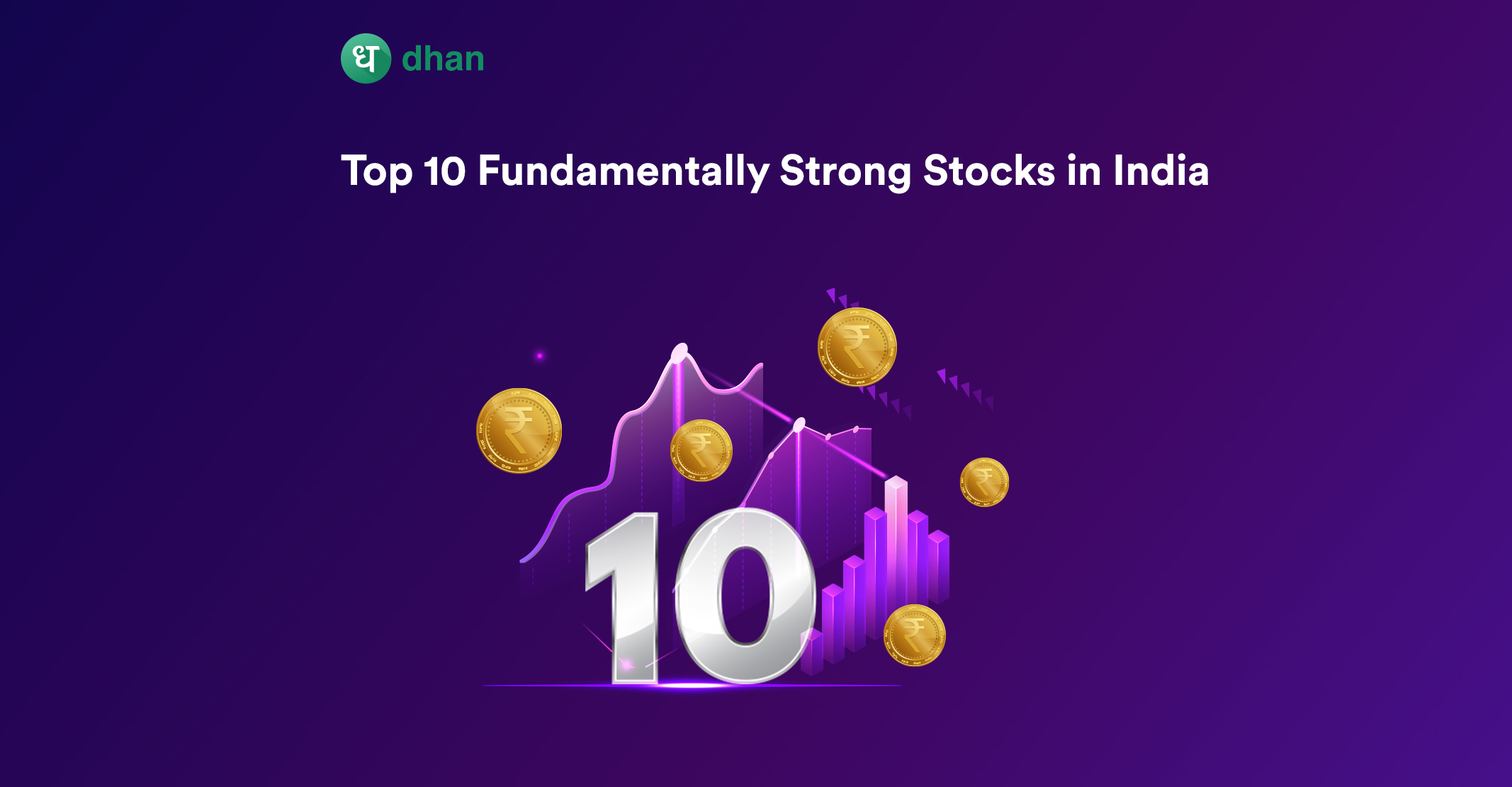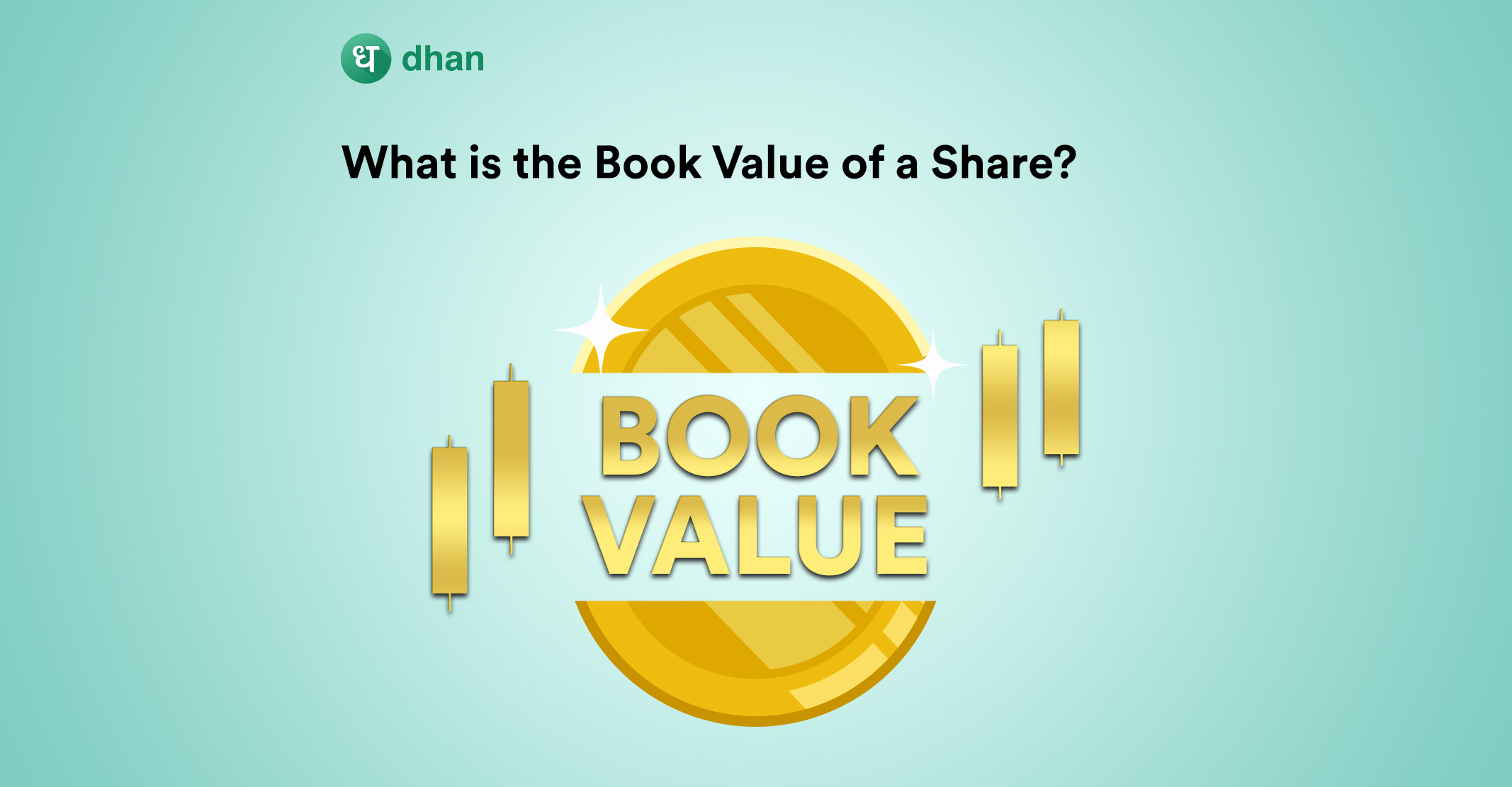Before we talk about the Buffett Indicator, you must’ve heard the term “valuation”. It’s a way of measuring the worth of something, which is the equity market if you’re reading this blog.
Valuations are necessary to determine whether something is worth buying. For example, you see a sandwich that’s priced at ₹300.
The very next thing you’d do is evaluate what the sandwich has inside it that makes it worth ₹300. If it has enough contents (and cheese), you’ll say it’s worth buying.
But the stock market isn’t a sandwich – it’s vast and diverse with companies from sectors like finance, pharma, and others. This is where the Buffett Indicator can be useful.
The following video explains the Buffet Indicator:
What is the Buffett Indicator?
The Buffett Indicator is used to find out whether a country’s stock market is fairly valued. As far as stock valuations are concerned, you could turn to many metrics like EPS, P/E Ratio, and others.
But the Buffett Indicator offers a straightforward way to determine whether the market is trading at fair levels by taking two components into account:
- Total Market Capitalization
- Gross Domestic Product
You can calculate the total market cap of a country by putting together the value of all publicly traded companies. GDP measures a country’s overall economic productivity.
Furthermore, the Buffett Indicator is known as many things – an economic indicator, a valuation technique, and others.
You’d be interested in knowing that the Buffett Indicator is also known as the Market Capitalization to GDP Ratio.
The indicator was coined after Mr. Warren Buffett himself was quoted praising the Market Capitalization to GDP Ratio in 2001. Since then, however, Mr. Buffett has distanced himself from the quote.
How Do You Use the Buffett Indicator?
The Buffett Indicator’s two components need to be divided and then multiplied by 100 to get the final value. In principle, the Indicator is a ratio and is calculated as follows:
Buffett Indicator Formula = (Total Market Capitalization/GDP) x 100
To understand the meaning of market cap to GDP ratio values, you’ll need to know the ins and outs of three simple financial terms:
1. Undervalued: A term for stocks that are trading lower (or much lower) than their true or intrinsic value.
2. Overvalued: A term for stocks that are trading higher (or much higher) than their true or intrinsic value.
3. Fairly Valued: A term for stocks that are trading at a price that matches their intrinsic value.
As with any indicator, the Buffett Indicator will throw values at you, that could possibly lead to three interpretations:
- 50% and 75%: Undervalued
- 75% and 90%: Fairly valued
- 90 and 115%: Overvalued
India’s Market Cap to GDP Ratio
Let’s see how India’s stock market has been valued over the years based on the market cap to GDP ratio, starting from 2019-20.
During the time, India’s GDP was ₹14,569,268 crores and its total stock market cap was 1,13,48,756.59 crores. The Warren Buffett Indicator for 2019-20 was:
(1,13,48,756.59 crores/14,569,268 crores) x 100 = 77.89%
In 2019, India’s market was undervalued. But then COVID hit in 2020 and a lot of new investors entered the market. Let’s see whether this pushed the Indian market to be fairly valued or overvalued.
India’s GDP was ₹13,512,740 crores in 2020 and the total market capitalization was ₹2,04,30,814.54 crores. Given these two values, the Buffett Indicator for 2020 was:
(2,04,30,814.54/13,512,740) x 100 = 151.19%
As expected, the stock market was overvalued in 2020. This was pretty much the case in most markets, including the US which had a Buffett Value of ~194%.
| Year | Total Market Cap (in Cr) | GDP (in CR) | Buffett Indicator | Result |
| 2018-19 | 1,51,08,711.01 | ₹14,003,316 | 107.89% | Overvalued |
| 2019-20 | ₹1,13,48,756.59 | ₹14,569,268 | 77.89% | Undervalued |
| 2020-21 | ₹2,04,30,814.54 | ₹13,512,740 | 151.19% | Overvalued |
Does the Buffett Indicator Work?
While the market cap to GDP ratio provides a decent heuristic to determine whether a market is undervalued, fairly valued, or overvalued, it has flaws.
First off, the method used by the indicator for forecasting is simple. As a result, it does not take into account many other factors that could play a role in the valuation of a market.
Furthermore, corporate profits are often correlated with GDP growth. However, GDP has rarely ever been correlated with stock returns. There are other reasons why the indicator can fall flat.
For example, a giant public listing has the potential to tilt the indicator’s value. Imagine this – a company with a trillion-dollar valuation listing in the public market for the first time.
What do you think would happen to the overall market’s valuation? It can easily go from undervalued to overvalued.
In fact, you’d witness the same situation if you used the market cap to GDP ratio when Aramco was listed in Saudi Arabia. Other flaws include the lack of accounting for interest rate changes.
That said, the Buffett Indicator has strengths – it does away with what’s known as aggressive accounting practices and keeps the calculation simple.
Thus, it’s best to use the market cap to GDP ratio with other economic indicators to ensure that you’re making an informed decision. This is true for technical indicators like Anchored VWAP and Bollinger Bands as well.
FAQs
Q. What is a good Buffett Indicator?
A good Buffett Indicator is a value between 75% and 90%, which indicates that a stock market is fairly valued. Anything above or below the good value means that the market is overvalued or undervalued.
Q. How do you interpret a Buffett Indicator?
The Buffett Indicator tells you whether the market is fairly valued, undervalued, or overvalued based on three values:
| Value | Interpretation |
| 50% and 75% | Undervalued |
| 75% and 90% | Fairly valued |
| 90 and 115% | Overvalued |



